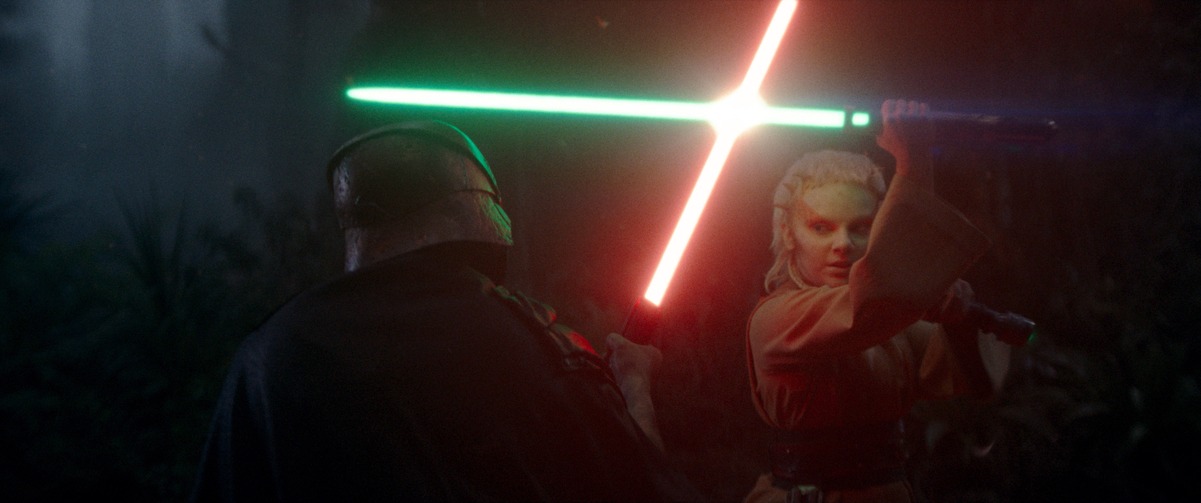
In Q1 of 2025, Disney+ experienced a significant drop, losing approximately 700,000 subscribers. This decline follows recent price increases by Disney. The cost for their ad-supported tier rose from $7.99 to $9.99, while the ad-free subscription went up from $13.99 to $15.99. Additionally, Disney has been enforcing stricter rules against password sharing, introducing a “Paid Sharing” system that limits access within a household unless additional fees are paid.

During an earnings call, Disney CEO Bob Iger attempted to minimize the impact of the loss by saying that the rate at which customers were leaving (subscriber churn) was “not as severe as predicted.” He justified the price increases as essential for moving Disney+ towards profitability and presented the decrease in subscribers as a regular aspect of their strategy. Nevertheless, with another projected decline in subscribers for Q2 2025, Iger’s statements appear more like damage control than a genuine reassurance.
Instead of Iger trying to twist the figures, the fundamental issue isn’t solely about costs – it’s about worth.
Why should customers pay more for a streaming service that isn’t delivering must-watch content?
Disney+ Original Content is Losing the Streaming War
Initially, Disney+ aimed to establish itself as a hub for top-tier franchise content. By securing exclusive rights to Marvel, Star Wars, and Pixar productions, it intended to become the preferred streaming platform for enthusiasts of big-budget entertainment.
That hasn’t panned out.
As a film enthusiast, let me share my thoughts about Disney+’s highly anticipated Star Wars series, The Acolyte. Despite all the hype and expectations, it didn’t seem to leave as lasting an impression as I had hoped. Even though it managed to amass 2.7 billion minutes of viewership in 2024, it fell short of making it into the Top 10 most-streamed originals for that year. Frankly, it was far from reaching that mark.

In simple terms, Netflix’s “Love Is Blind” (which was the least popular show on that list) amassed a staggering 7.3 billion minutes of viewing time, almost three times more than Disney+’s second most-watched series of the year. On the other hand, Disney’s most popular series of the year, “Percy Jackson and The Olympians,” managed only 3 billion minutes. This means that even Disney’s best performance was significantly outshone by the least successful top-tier streaming content in 2024.
If Disney+’s most successful shows were Percy Jackson and The Acolyte , it might indicate more about the challenges the platform has faced in terms of attaining significant achievements rather than its triumphs.
To make matters even more disheartening, viewership for The Acolyte plummeted following its debut. By the time the final episode rolled around, interest had all but vanished, resulting in it being the least-viewed episode throughout the entire series.

However, it’s important to note that it isn’t only the Star Wars franchise that is facing challenges. Marvel appears to be dealing with similar, if not greater, issues. Two of Disney+’s highly anticipated releases, Agatha All Along and Echo, have fallen short in viewership numbers. Agatha garnered a mere 2.2 billion minutes watched, while Echo trailed significantly behind at just 1.5 billion minutes. Even Secret Invasion, one of the most criticized Marvel projects in recent times, managed to surpass their viewership.
Instead of ruling the spotlight as it used to in pop culture, Disney seems to be struggling to produce shows that capture people’s interest.
If People Aren’t Watching, Why Would They Pay More?
The essential challenge for Disney+ lies in the fact that price increases must be warranted when viewers believe they’re receiving value for their payment. At this point, it’s evident that they aren’t feeling that way.
The idea behind increasing subscription fees suggests that demand is robust enough to cover it. However, the data paints a contrasting picture. If even the cornerstones of Disney+’s original content like Star Wars and Marvel are struggling to maintain viewer interest, what motivation do subscribers have to remain?

As a movie enthusiast, I find myself grappling with the recent price hike for Disney+, and I can’t help but question if this move will truly boost profits. The crux of the matter lies in the fact that no amount of profit can be realized if viewers aren’t prepared to invest in the service initially. Bob Iger’s assertion that “churn wasn’t as bad as anticipated” seems to overlook a significant problem: Disney+ isn’t merely losing subscribers, it’s struggling to keep them because the content doesn’t captivate enough to warrant the cost.
Unlike Netflix, which offers a diverse range of original shows and movies across various genres, Disney+ primarily relies on content from its franchises. However, when these franchises fail to impress, subscribers may question the service’s value. The latest quarter’s figures indicate that around 700,000 subscribers have decided it isn’t worth keeping.
During the same timeframe, Hulu (a service under Disney’s ownership) gained approximately 1.6 million new subscribers, demonstrating that people are still prepared to pay for streaming content, but seem less inclined to do so through Disney+.
The Future of Disney+
In light of the anticipated decrease in Q2, Disney may need to revise their current tactics. Continuing to increase prices for subpar content might not be a long-term solution, particularly when rivals such as Netflix, Amazon Prime Video, and Paramount+ are providing more captivating content.
To maintain its competitive edge in the streaming market, Disney+ should aim for more than merely boosting prices and enforcing anti-password sharing policies. It’s crucial to provide compelling reasons for users to continue their subscriptions. Currently, Disney is asking for more money while simultaneously seeing a decrease in the number of people who truly value the service.
Read More
- OM PREDICTION. OM cryptocurrency
- Jellyrolls Exits Disney’s Boardwalk: Another Icon Bites the Dust?
- Carmen Baldwin: My Parents? Just Folks in Z and Y
- Despite Strong Criticism, Days Gone PS5 Is Climbing Up the PS Store Pre-Order Charts
- Solo Leveling Season 3: What You NEED to Know!
- Jelly Roll’s 120-Lb. Weight Loss Leads to Unexpected Body Changes
- Beyond Paradise Season 3 Release Date Revealed – Fans Can’t Wait!
- Disney’s ‘Snow White’ Bombs at Box Office, Worse Than Expected
- Lisa Rinna’s RHOBH Return: What She Really Said About Coming Back
- The Perfect Couple season 2 is in the works at Netflix – but the cast will be different
2025-02-06 18:55